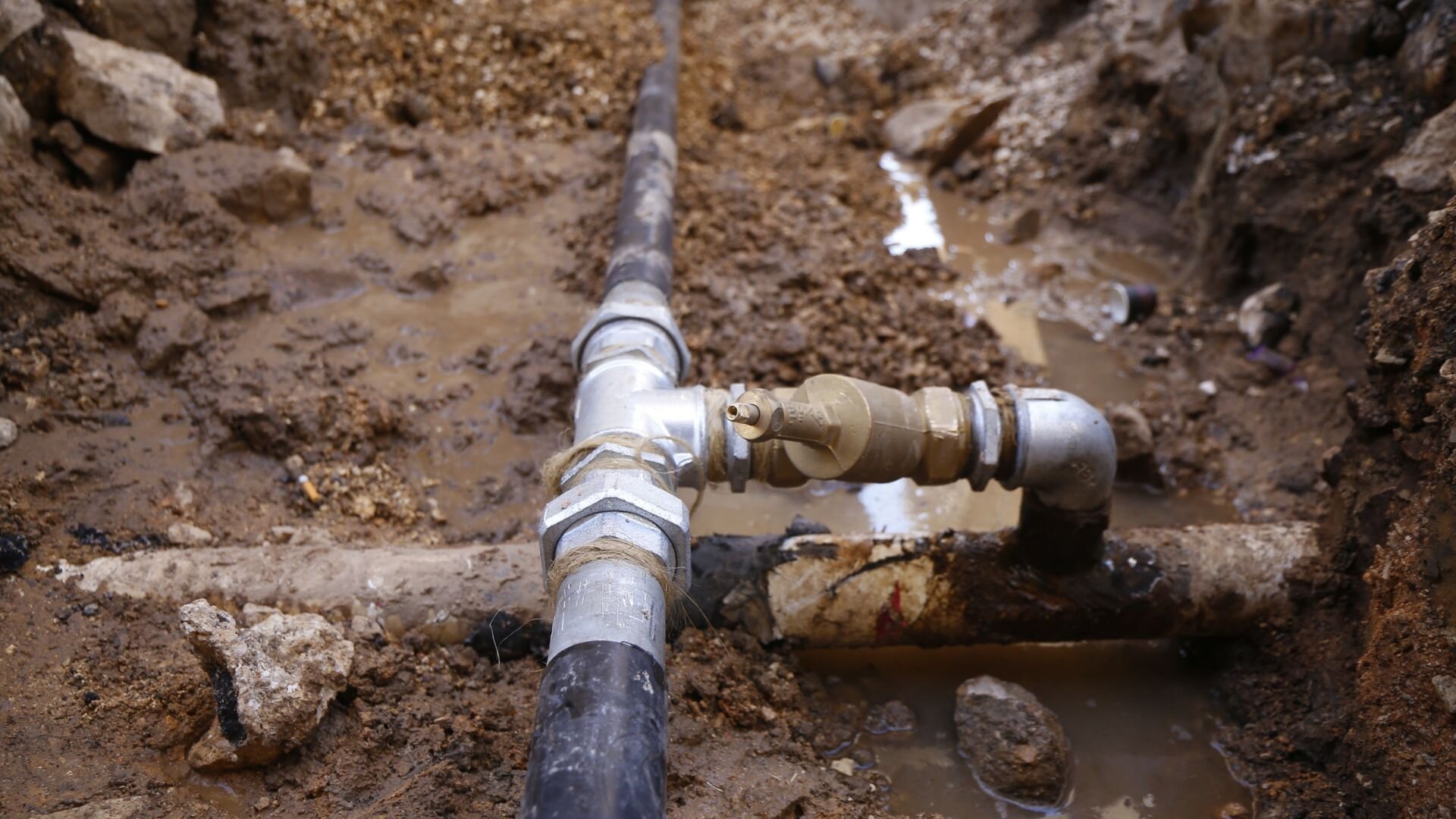Protecting Against Burst Pipeline: Crucial Tips to Safeguard Your Pipes
Protecting against ruptured pipes is a critical concern for house owners, especially during cooler months when the danger of freezing is heightened. Implementing critical steps such as appropriate insulation, routine evaluations, and keeping consistent interior temperatures can considerably minimize the chance of pipeline failure.
Understand Pipe Vulnerabilities
Comprehending pipeline vulnerabilities is necessary for effective plumbing upkeep and avoiding expensive damages. A number of factors add to the susceptibility of pipelines to bursts, including product make-up, age, and environmental conditions. Older pipes, especially those made from galvanized steel or polybutylene, usually weaken gradually, leading to boosted risk of leaks and tears.
Temperature variations can additionally considerably effect pipeline honesty. In colder climates, water caught in pipes can freeze, broadening and putting in stress on the pipe wall surfaces, which might eventually bring about a burst. High water stress can strain pipelines, particularly at bends and joints, heightening the likelihood of failing.

Insulate Pipeline Properly
Correct insulation of pipelines is essential for protecting against freezing and subsequent ruptureds throughout cool climate (burst pipe). Insulating your pipes system efficiently safeguards against temperature goes down that can result in expensive damages. Begin by determining susceptible areas where pipelines are subjected to outdoor temperature levels, such as basements, attics, and outside walls
Usage foam pipeline insulation sleeves or cover insulation tape around these locations to give a protective barrier. Make sure that all areas of the pipes, especially those with restricted heat exposure, receive ample insulation. Pay special interest to installations and joints, as these are a lot more vulnerable to freezing.
When protecting, it's necessary to select products that satisfy regional building regulations and are proper for the specific atmosphere. For circumstances, fiberglass insulation is commonly suggested for its thermal resistance buildings - burst pipe. Furthermore, consider making use of warm wires or tape in extreme problems, which can be connected in to offer supplemental warm
Frequently examine shielded pipes for any kind of indications of wear or damage, as jeopardized insulation can lessen its performance. By taking these positive steps, you considerably minimize the risk of pipe ruptureds, making certain a trusted pipes system throughout the winter season months.
Maintain Constant Temperature
A steady indoor temperature level is crucial for stopping ruptured pipelines throughout the frigid months. When temperature levels drop, water within pipelines can ice up, broadening and developing pressure that may eventually create the pipelines to burst.Making use of a programmable thermostat can help manage interior temperature levels successfully, making sure that areas with pipes remain cozy even when the home is empty.
This minor circulation of water can avoid freezing by relieving stress within the pipes. By carrying out these methods, property owners can considerably reduce the threat of pipe ruptureds and safeguard their pipes systems against the extreme winter aspects.
Regularly Examine Pipes
Normal assessments of plumbing systems are redirected here critical for stopping burst pipes and maintaining general home integrity. Regular checks allow house owners to determine possible issues before they rise into costly repair services or significant water damage. Throughout these inspections, it is necessary to analyze noticeable pipes for indications of deterioration, leaks, or wear. Pay special attention to areas susceptible to freezing, such as cellars, attic rooms, and outside walls.
Additionally, checking links and joints is important, as these points are usually vulnerable to leaks. House owners must also evaluate water pressure levels, as excessive pressure can strain the plumbing system and boost the threat of pipeline bursts.
Think about organizing specialist pipes examinations at the very least annually, specifically prior to winter months, to guarantee your system is gotten ready for cooler temperature levels. Normal examinations not just help in determining instant issues however also this foster lasting upkeep approaches that can boost the life expectancy of your plumbing system. By being aggressive in your method, you can protect your home against the disruptive and pricey consequences of burst pipes. Focusing on plumbing examinations is a financial investment in your house's health and wellness and safety.
Know Emergency Procedures
Recognizing emergency situation procedures is vital for every homeowner, especially after performing normal plumbing assessments. Being prepared for a pipes emergency situation can dramatically minimize damages and conserve costs.
Following, maintain crucial devices convenient. A pipes emergency situation kit ought to consist of a wrench, bettor, and towels, as well as a flashlight and a container for little leaks. Additionally, take into consideration having the call info for a relied on plumber easily offered, needs to the situation intensify beyond your control.
If you identify a leak or burst pipe, right away shut off the water and alert your plumber. Record the damage with photos for insurance coverage functions. Be aware of the signs of possible pipes issues, such as uncommon water pressure variations or damp Homepage places on walls
Ultimately, aggressive understanding and quick action are important in managing plumbing emergency situations, guaranteeing your home stays safeguarded and lessening potential damages.

Conclusion
To conclude, stopping burst pipes demands a multifaceted strategy that includes understanding pipeline vulnerabilities, proper insulation, preserving regular indoor temperature levels, regular inspections, and expertise of emergency procedures. By applying these vital techniques, the risk of plumbing failures can be considerably reduced, thereby making certain the long life and effectiveness of the pipes system. Positive actions not just safeguard versus possible damage but also contribute to general water conservation and the security of property.
In colder environments, water trapped in pipelines can ice up, broadening and exerting pressure on the pipe wall surfaces, which may ultimately lead to a ruptured. When temperature levels drop, water within pipelines can ice up, expanding and producing pressure that might eventually cause the pipelines to burst. By implementing these techniques, house owners can substantially lower the threat of pipeline ruptureds and secure their plumbing systems versus the harsh winter months aspects.
